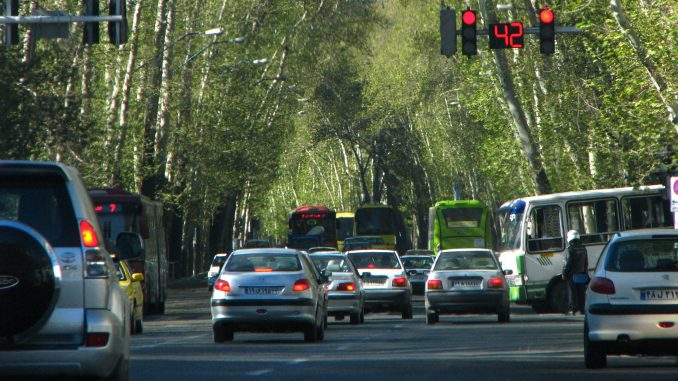
We are back with our bi-weekly Iran Economy Briefs and hope that you can enjoy reading it again.
For the past year, we have faced a new level of exchange rate. Nearly 300,000 rials for one Euro which once was an astonishing rate, today has become a norm!
Few days ago, coming back from Darabad Mountain, in the north of Tehran, I took a shared-taxi toward Tajrish Square and paid 70,000 rials (25 USD-cents).
I could recall that when I was a teenager, the rate for that course was 250 rials! J And I’m not as old as a dinosaur! We are talking about the rates increasing 300-fold in a bit more than 20 years…
It should have been around 1998 and since Italians were still using “lira” and Germans “D-Mark”, it’s better to refer to the USD for comparison. One USD at the time was equivalent to 6400 Iranian rials.
Therefore, you may say that at the time I only paid 4 USD cents which does not show a 300-fold increase. That’s another way to look at it and feel a bit better about Iran economy.
In 1998, the minimum monthly salary was 301,530 rials (47 USD). For the current Iranian fiscal year, the minimum wage, set by the Ministry of Labour and Welfare, has been announced to be 41,797,500 rials (152 USD).
Although minimum wages in Rial show an increase of 139-fold, the problem is that costs have increased much more and therefore people are struggling to cope with the imbalance.
According to the statistics from the Ministry of Road and Urban Developments, in 1998 on average one-square-meter of an apartment in Tehran would cost 1,550,000 rials (242 USD).
In December 2021, on average, one-square-meter property in Tehran has been 325,900,000 rials (1185 USD).
It is easy to conclude that rent prices have gone up respectively. Those who have not been lucky or wise enough to purchase a property in the past, are now inevitably in constant battle to cover up their costs of living.
According to the Central Bank of Iran, shelter cost makes up to 60 to 70 percent of the Iranian household’s expenses. This is while the minimum wage is not increasing accordingly and understandably, it hits more than anyone the blue-collar workers.
How much worse, the prices would get in the current year, which has just started, we don’t know.
However, one thing is certain: regardless of all the analysis, life goes on. Although, sadly, for some it gets really tough. As our Italian friends say: “Teniamo duro”! (Let’s hold on!)

Be the first to comment